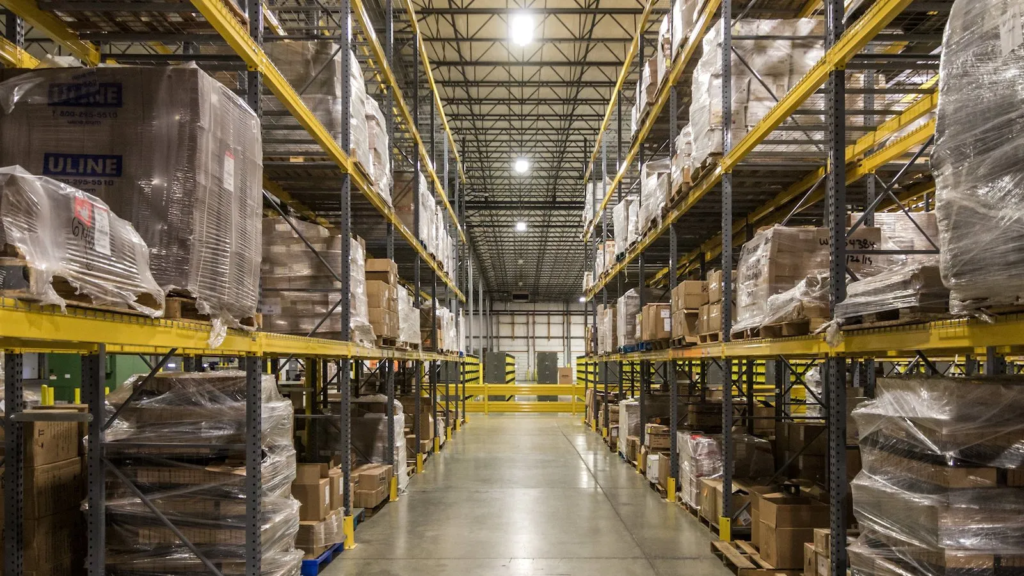For businesses navigating international trade, bonded warehouses will optimize customs processes and cash flow management. As a logistics manager with 15 years of experience, I’ll explain how these warehouses operate, after that, you’ll know why companies like Amazon use them to handle $1.6 trillion worth of goods annually alone in U.S..

What is a Bonded Warehouse?
A bonded warehouse is a customs-controlled storage where imported goods can be stored duty-free for up to 5 years under U.S. Customs and Border Protection (CBP) supervision. These secure facilities enable businesses to defer payment of import duties and taxes until goods are released for domestic consumption or exported.
Characteristics:
- Government or privately operated facilities
- CBP-approved security measures
- Inventory tracking systems
- Controlled access points
Top 5 Benefits of Using Bonded Warehouses
1. Duty Deferral & Cash Flow
Businesses can delay paying import duties until goods leave the warehouse for domestic markets. A report shows companies using bonded warehouses improve cash flow by 18-32% compared to duty payment.
2. Flexible Inventory
Store goods for up to 5 years while determining optimal market timing. Major electronics manufacturers often use this strategy to manage product launch.
3. Reduced Storage Costs
Bonded facilities typically offer 20-35% lower storage rates than traditional warehouses due to tax advantages.
4. Quality Control & Processing
Perform value-added services under customs supervision:
- Relabeling and repackaging
- Quality inspections
- Product assembly
5. Simplified Re-Exportation
Goods can be shipped internationally without paying original import duties. Automotive manufacturers frequently use this for temporary storage of parts destined for overseas assembly plants.

The Bonded Warehouse Whole-process: From Delivery to Shipping
Step 1: Customs Submission
Submit commercial invoice, packing list, and bill of lading to CBP through ACE portal. Ensure HS codes match product classifications.
Step 2: Goods Inspection
CBP officers verify:
- Quantity matches documentation
- No prohibited items present
- Proper packaging for storage
Step 3: Inventory Management
Our facilities use CBP’s Automated Commercial Environment (ACE) for real-time inventory tracking. Regular cycle counts maintain 99.8% inventory accuracy.
Step 4: Order Processing
When releasing goods:
- Submit CBP Form 7501
- Pay applicable duties
- Obtain release authorization
Step 5: Shipping
Choose from multiple fulfillment options:
| Destination | Documentation Required | Transit Time |
|---|---|---|
| Domestic | Commercial Invoice | 1-3 Days |
| International | Export Declaration | 3-7 Days |
Tips for Maximizing Value
- Combine bonded storage with Foreign Trade Zone operations for additional duty savings
- Use first-in, first-out (FIFO) inventory rotation
- Implement barcode scanning for real-time updates
- Conduct quarterly compliance audits

Bonded warehouses provide strategic advantages for global businesses, from duty deferral to flexible inventory management. By understanding the operational process from delivery through shipping, companies can optimize their international supply chains. For personalized guidance on implementing bonded warehouse solutions, contact our trade compliance specialists or request for custom costs.



